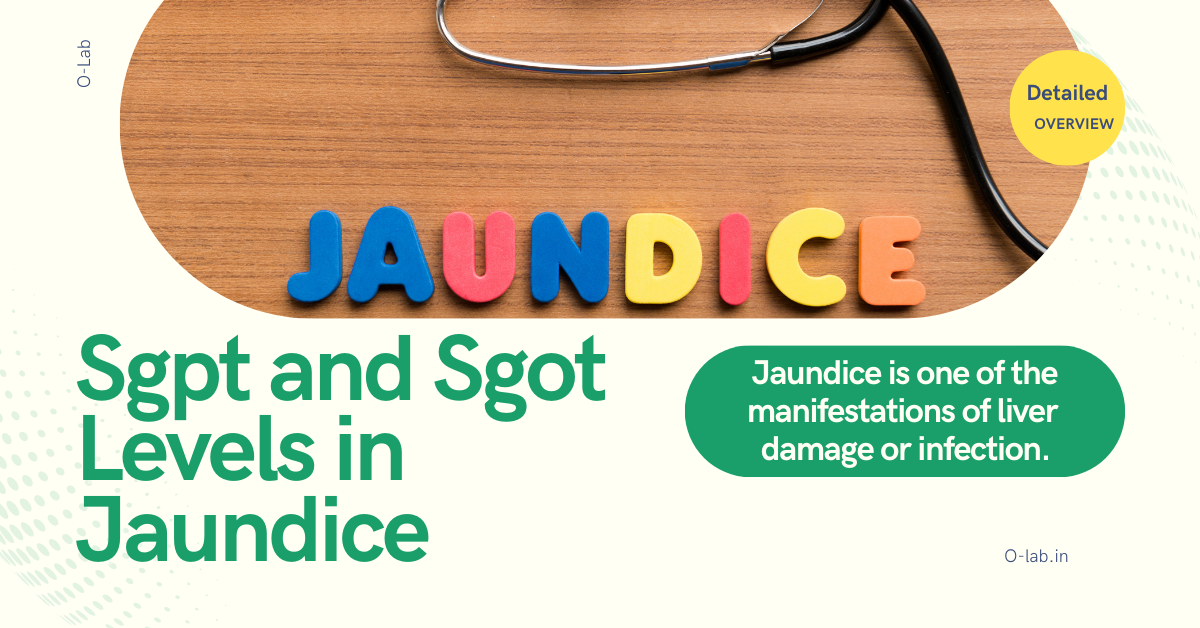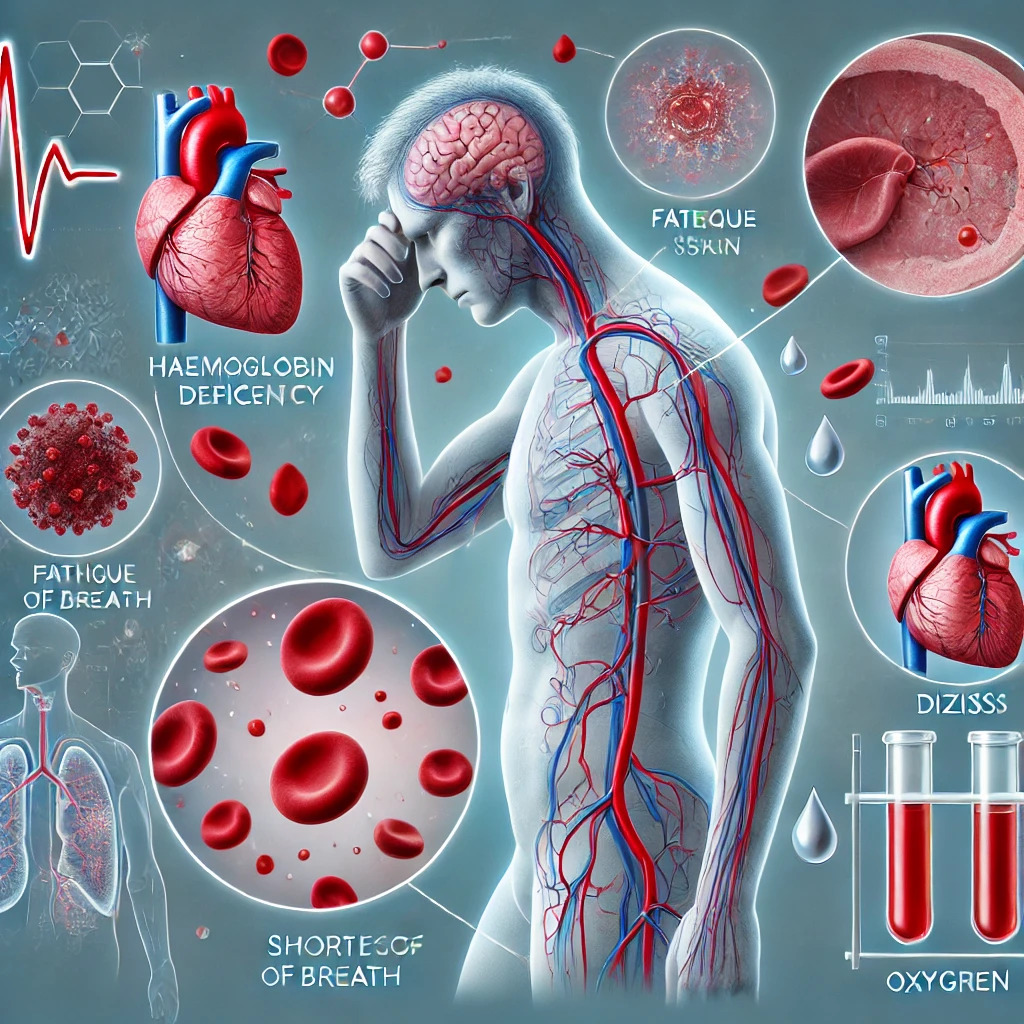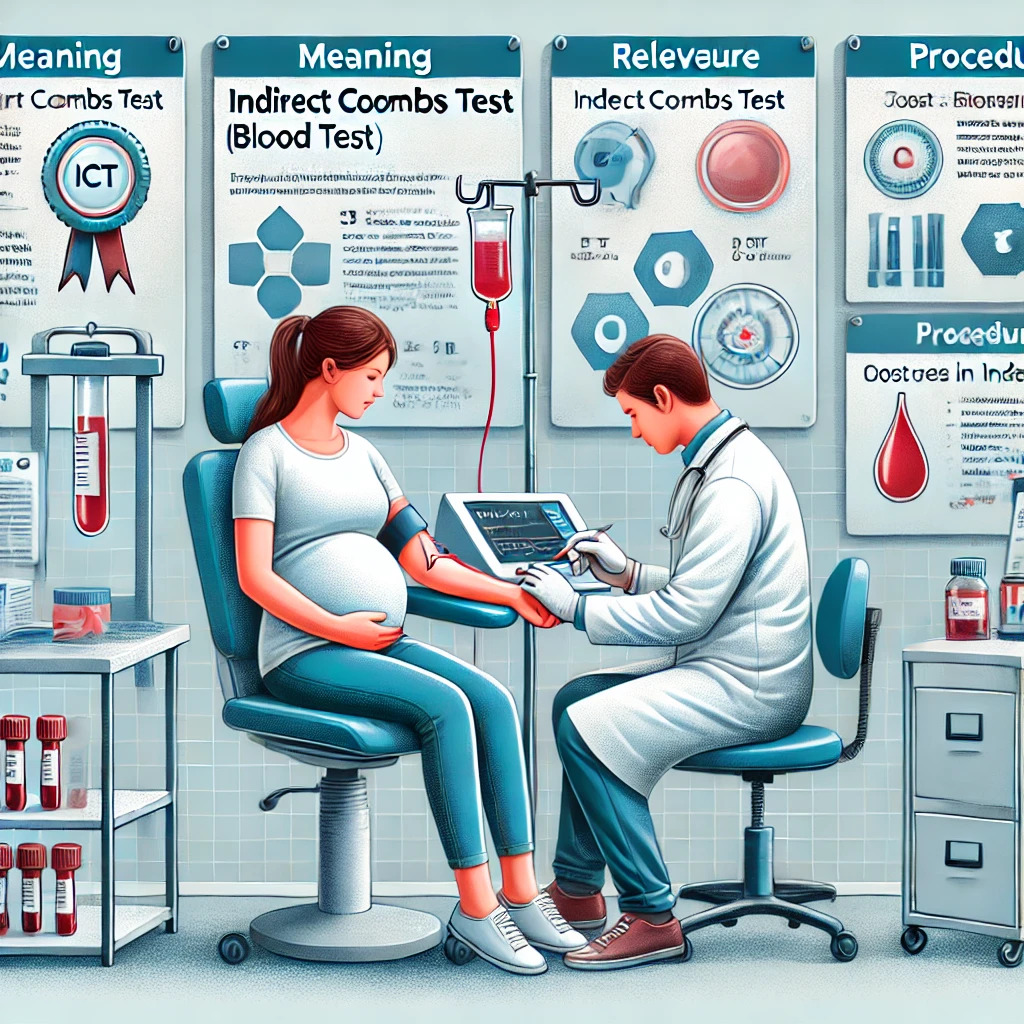SGPT And SGOT Levels In Jaundice

Monitoring SGPT and SGOT levels in Jaundice can help track treatment and recovery progress. Jaundice is one of the manifestations of liver damage or infection.
SGPT and SGOT are the names of two necessary enzymes which are mainly found in the liver cells. The levels of these two enzymes will rise in the blood when there is any damage to the liver cells due to inflammation or injury, which can occur for several reasons as the liver is involved in many physiological processes.
Overview
The liver is a vital organ in the abdominal region and functions as a gland.
Many diseases, toxins, and a poor lifestyle can impact liver health. Some conditions may raise SGOT and SGPT to dangerous levels, and these two enzymes are frequently tested to assess liver health along with other tests like Ultrasound, fibroscan, CT scan, and sometimes a biopsy.
Amongst the significant functions performed by the liver are filtration of blood, production of many different enzymes, secretion of bile, production of hormones and proteins, etc. As this organ performs varied functions, it is essential to be conscious about protecting it from damage, and you can do it in many ways.
High levels of SGPT always mean there is some problem with the liver, while SGOT may also rise in some other conditions. Bilirubin or SGPT and SGOT levels in Jaundice are necessary tests done at intervals to assess improvement.
Is SGOT And SGPT Related To Jaundice?
Jaundice is a condition that happens when bilirubin levels become higher than usual in our blood.
This excess bilirubin causes our skin and sclera (white of the eyes) to turn yellow and also causes itching.
A yellow-orange pigment, bilirubin, is produced when the liver breaks down hemoglobin. Under normal circumstances, the liver will excrete it in bile and be removed from the body. However, certain liver and gallbladder diseases can lead to the body's failure to release this pigment, causing its buildup. The result is Jaundice.
Even though Jaundice is diagnosed when bilirubin levels are beyond average, and SGOT and SGPT are not directly linked to Jaundice, testing for these enzymes informs us about the cause of liver disease, which has led to Jaundice. This is why high SGPT and SGOT levels can be alarming, as these levels can be indicators of liver problems.
SGPT And SGOT Levels In Jaundice
SGPT (Serum Glutamate Pyruvate Transaminase) is commonly mentioned as ALT, and SGOT (Serum Glutamic Oxaloacetic Transaminase) is mentioned as AST.
While SGPT is primarily concentrated in the liver, SGOT is also found in the kidneys, muscles, heart, etc.
If SGPT levels are high, there is likely something wrong with the liver. It may be due to gallbladder disease or inflammation, obesity, Hepatitis, alcohol abuse, drug abuse, etc. Sometimes, the reports may show normal SGPT levels, and only SGOT levels are seen to be high, which will most likely indicate damage to the heart, muscle injuries, kidney problems, etc.
Below are some signs and symptoms you will see with high SGOT and SGPT:
- Jaundice
- Easy bruising and bleeding
- Loss of appetite
- Shortness of breath
- Nausea and vomiting
- Pedal edema
- Fatigue
- Weakness
High SGOT and SGPT levels do not always indicate a liver problem or a severe health issue. It is essential to consult a healthcare provider to interpret the test results and administer treatment if required.
These Are Some Causes of Jaundice
- Jaundice can be seen as a side effect of some medications
- Gallstone disease or obstruction
- Pancreatic cancer
- Gallbladder cancer
- Liver cirrhosis
- Infections such as Hepatitis
- Excessive alcohol consumption
- Hemolytic anemia
SGOT/AST and SGPT/ALT levels may not be high in some ailments, which leads to Jaundice. If bilirubin levels are normal, but ALT and AST levels are high, it does not indicate Jaundice.
A simple blood test can measure liver function, including bilirubin, SGOT, SGPT, total protein, ALP, albumin, etc.
Jaundice can be treated by treating the underlying cause. In most cases, there will be rapid recovery.
When Jaundice is caused by an infection, which is the most common cause, you will have symptoms such as:
- Fever
- Abdominal pain
- Nausea, vomiting, loss of appetite
- Urine, which is dark yellow
- Clay-colored stools
- Chills or other flu-like symptoms
In non-infective Jaundice due to liver diseases or other causes, a person can have one or more of these symptoms:
- Itching
- Abdominal pain
- Palmar erythema
- Spider angiomas
- Distended abdomen
- Swelling in legs and feet
- Easy bruising of the skin
- Confusion
- Loss of appetite
If you notice any symptoms related to Jaundice or liver disease, it is essential to seek immediate medical care, as any delay can lead to complications and liver damage.
Conclusion
Monitoring SGPT and SGOT levels in Jaundice moniealth conditions related to liver health is essential. Elevated levels of these two liver enzymes indicate potential issues and may indicate liver damage or dysfunction.
Jaundice can be caused by several reasons that may lead to excessive levels of bilirubin buildup in the body.
These causes may include viral hepatitis or other viral infections, alcohol abuse, drug toxicity, fatty liver, bile duct obstruction, etc.
When any of these factors affect the liver's normal function, the levels of SGPT and SGOT become high. Generally, the stories are often higher than usual when liver damage occurs. Prompt identification of the underlying causes and treatment is necessary to prevent irreversible damage to the liver. As signs of liver disease don't come too soon, regular health checkups, which include liver function tests, are essential.
Here Are Some Tips
Maintaining a healthy weight; eating a diet with moderate carbohydrates, low in saturated and trans fats, high in fresh fruits and vegetables, lean proteins, and healthy fats; exercising regularly; avoiding self-medication; avoiding smoking; being aware of toxins present in the environment and different food items and how to prevent them; and limiting alcohol consumption can help improve liver health and may even reverse early changes.
Staying informed about levels of SGPT and SGOT in blood, being aware of different warning signs, and getting regular health checkups from your doctor is vital for those at risk of developing Jaundice or other liver diseases. Blood tests and Ultrasound are the easiest ways to monitor liver health.
At O-Lab, different packages monitor overall health and check if SGPT and SGOT levels in Jaundice are high. Some packages also include free doctor and diet consultations. Reach out to us for the most economical tests and accurate reporting.





